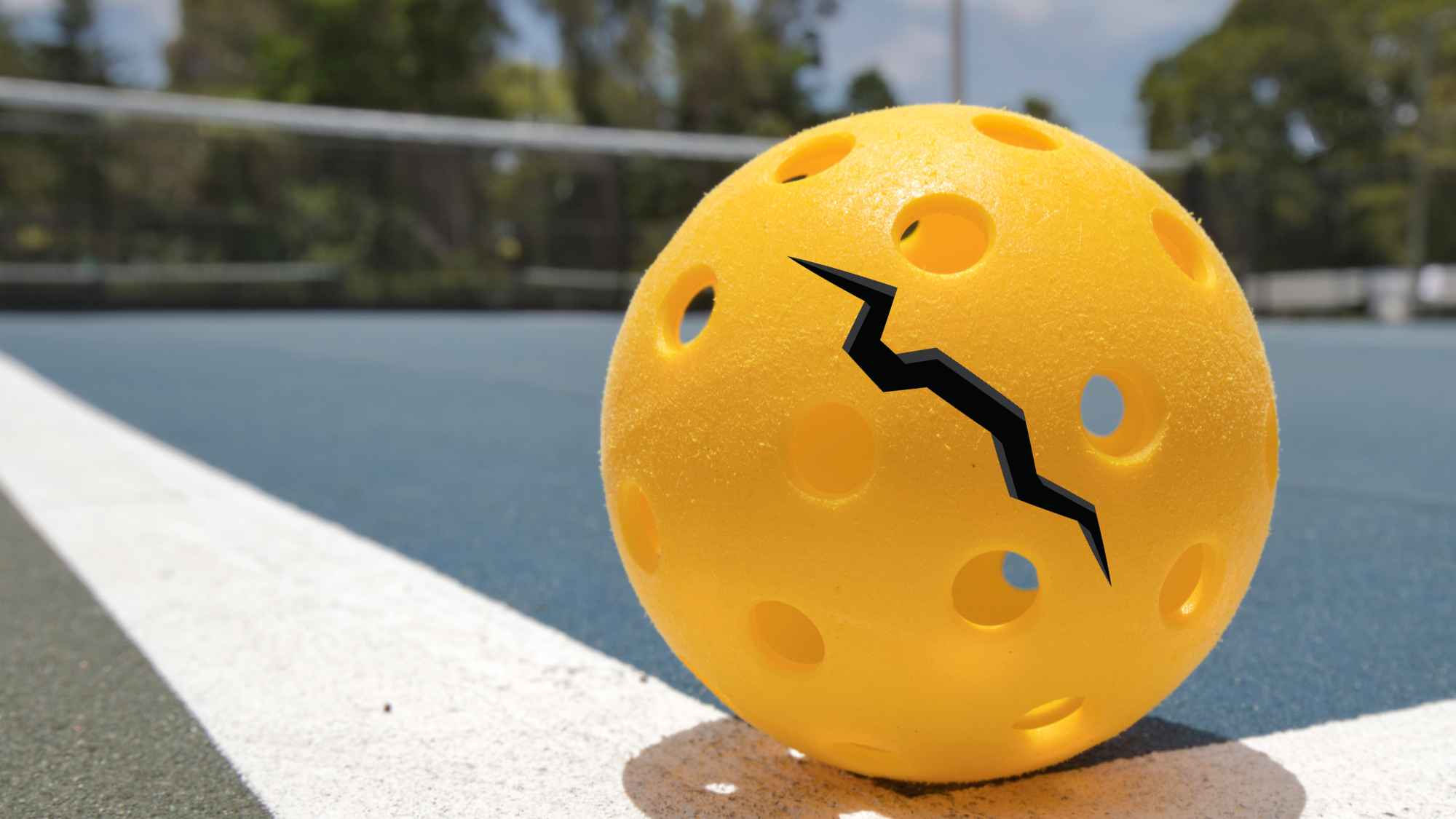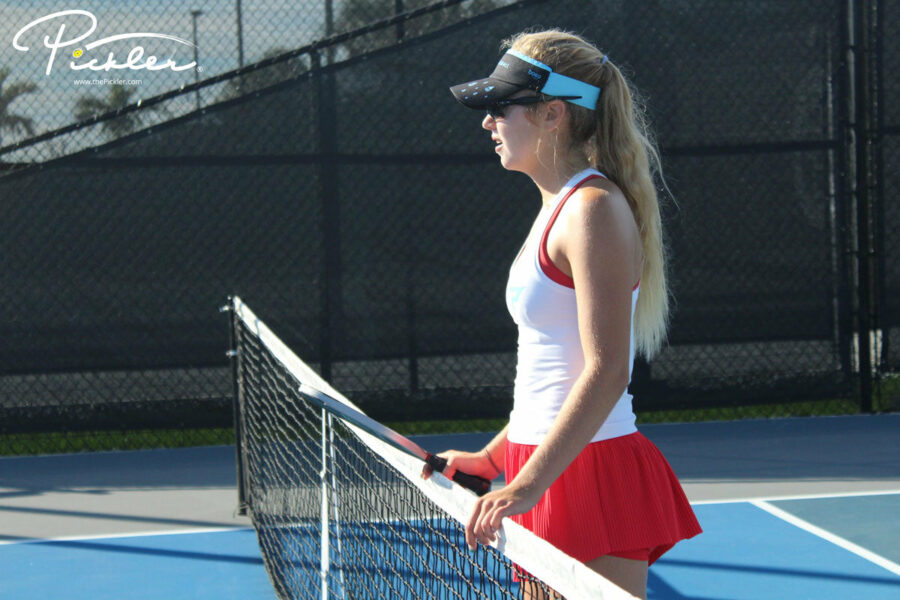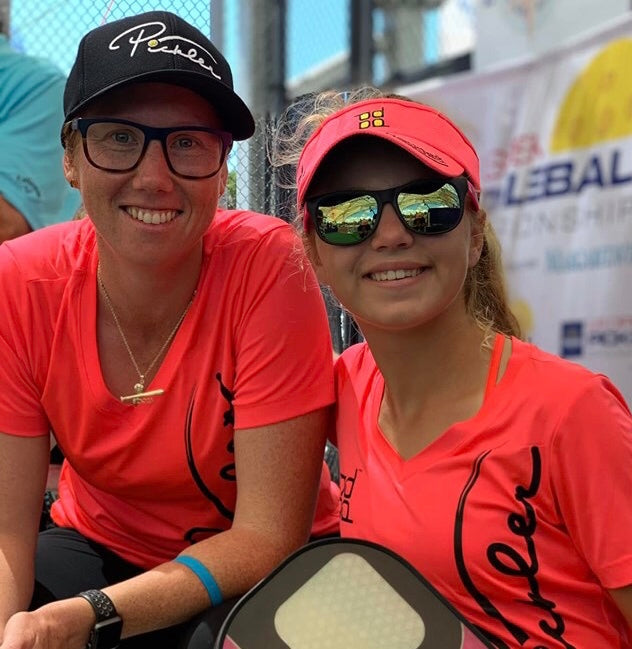Pickleball has a recycling challenge.
With an estimated five million Americans picking up the sport, and that number growing every year, there’s an accelerating demand for pickleballs themselves.
The outdoor version of these balls degrade quickly with use. They start out smooth and produce a pleasing “pop” when struck with a paddle.
But by the end of a few games, the pop is gone and the balls start getting slightly deformed due to use, especially if being knocked around by a group of hard hitters. The weather also affects the life of a pickleball. The colder the weather the more likely they are to crack.
The pickleball site JustPaddles contends that a pickleball’s period of maximum performance is only three to five games.
For most players, pickleballs continue to be used – even if they become slightly out of round – until there’s a telltale funny bounce, and a player spots a break between two of the 40 holes on the outdoor ball.
“The ball’s cracked,” the player announces. Somebody pulls another ball out of a bag, and the broken ball is then stepped on to make the rupture more visible before it is tossed aside.
Some players like to impale their broken balls on courtside fences, like the guillotined heads on pikes at London Bridge during the Seventeenth Century.
The relatively short lifespan of pickleballs is good news for manufacturers, who see a constant demand for new balls that typically sell for more than $3 per ball.
But it also presents a recycling problem.
You might think that pickleballs are readily recyclable. After all, they’re plastic, and they don’t have any other recyclable-killing contaminants on them, such as the metal rings you might find on some water bottles.
But not all plastics are alike, and pickleballs are made with a kind of plastic that is less than ideal when it comes to recycling.
Pickleballs are made from low-density polyethylene (LDPE) plastic. More specifically, they are designated as LDPE 4 material, which is a thermoplastic that is known for its flexibility and resistance to moisture and chemicals.
LDPE 4 plastics are especially good as packing material. Bubble wrap, shrink wrap, trash can liners, food storage containers and those plastic rings you find on six-pack cans and bottles are examples of this type of plastic.
But they present a special challenge in recycling. LDPE 4 plastic has a low melting point, which means that it would problematically melt during the recycling process unless it received special care.
Also, pickleball manufacturers typically don’t put the recycling symbol on the balls they make. It would be the number 4 inside a triangle with the letters LDPE under it.

As a result, recycling facilities getting these broken unmarked balls would tend to just throw them away rather than recycle them.
Some players do their own recycling of broken balls.
They find decorative uses for their non-playable balls, turning them into jewelry, holiday decorations, outdoor string lights and even pickleball trophies for rec-league-level competitions.
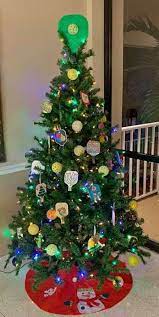 .
. 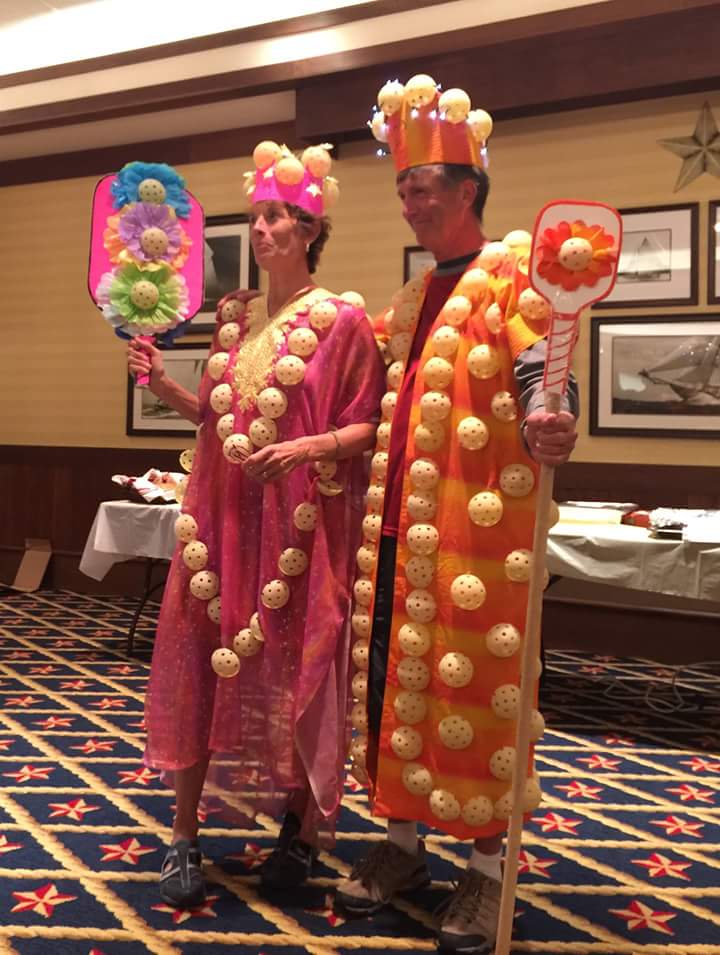
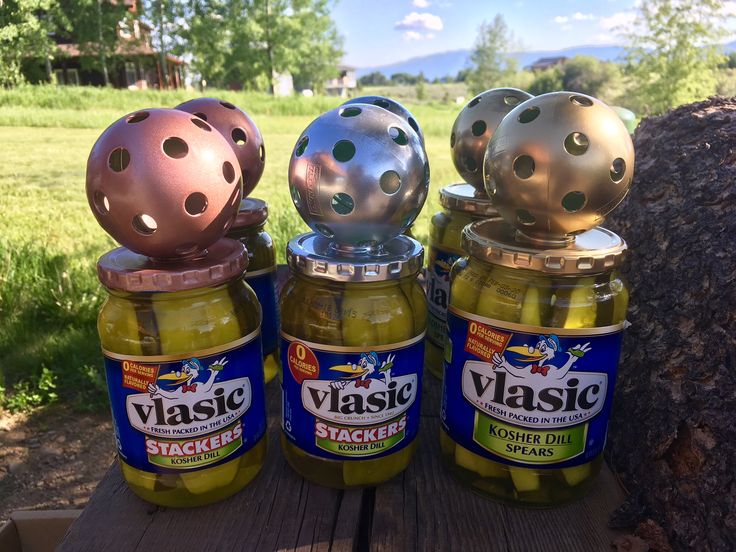
“Being the fastest growing sport in the United States there are going to be a lot of these balls that are just piling up like water bottles,” said Bradford Hermann, a self-described recycle artist from Fort Myers, Florida.
“So we have to try to figure out some things to do.”
Hermann has made a YouTube video that shows his process for turning broken pickleballs into useful decorative objects.
“I’d like to see balls remolded after they break,” he said.
Others have suggested that recycling of broken balls could be done through a rebate program, in which manufacturers accept broken balls in exchange for discounts on future purchases.
But for now, the short lifespan of a pickleball is bound to end in the local landfill.
Rest in pieces.

